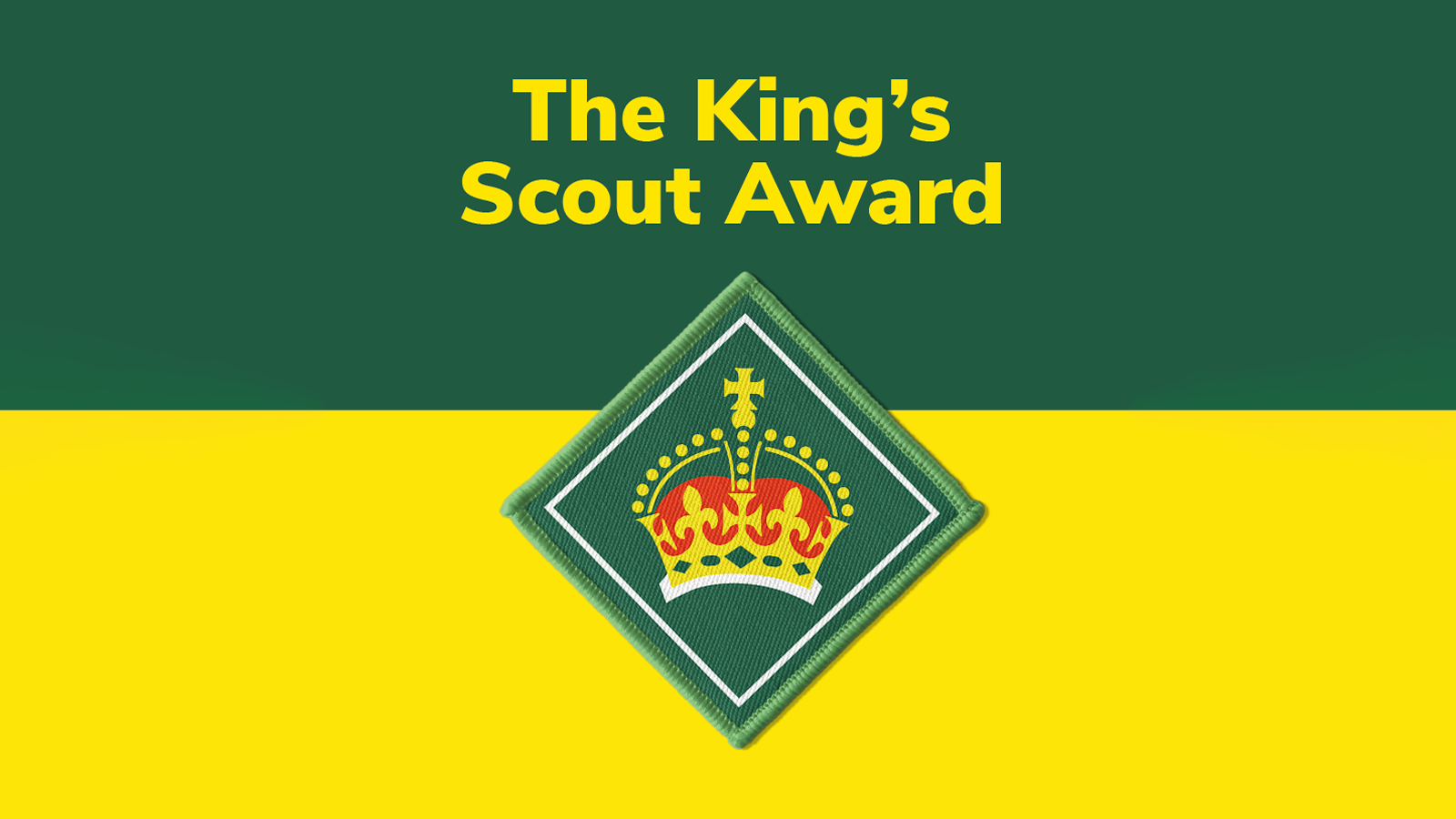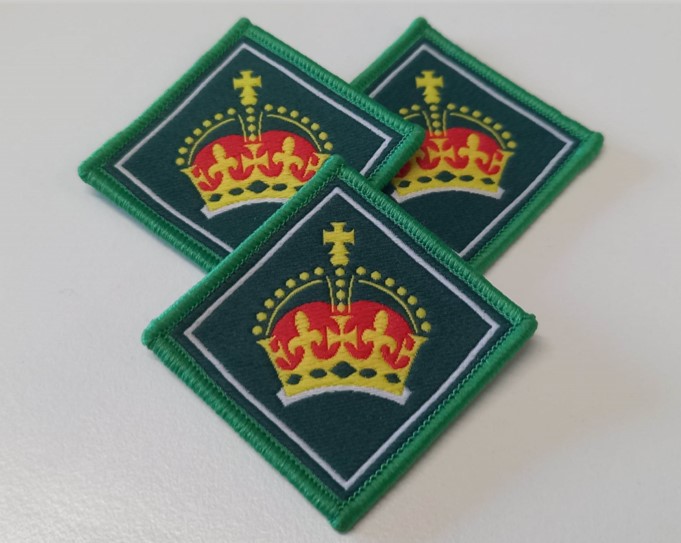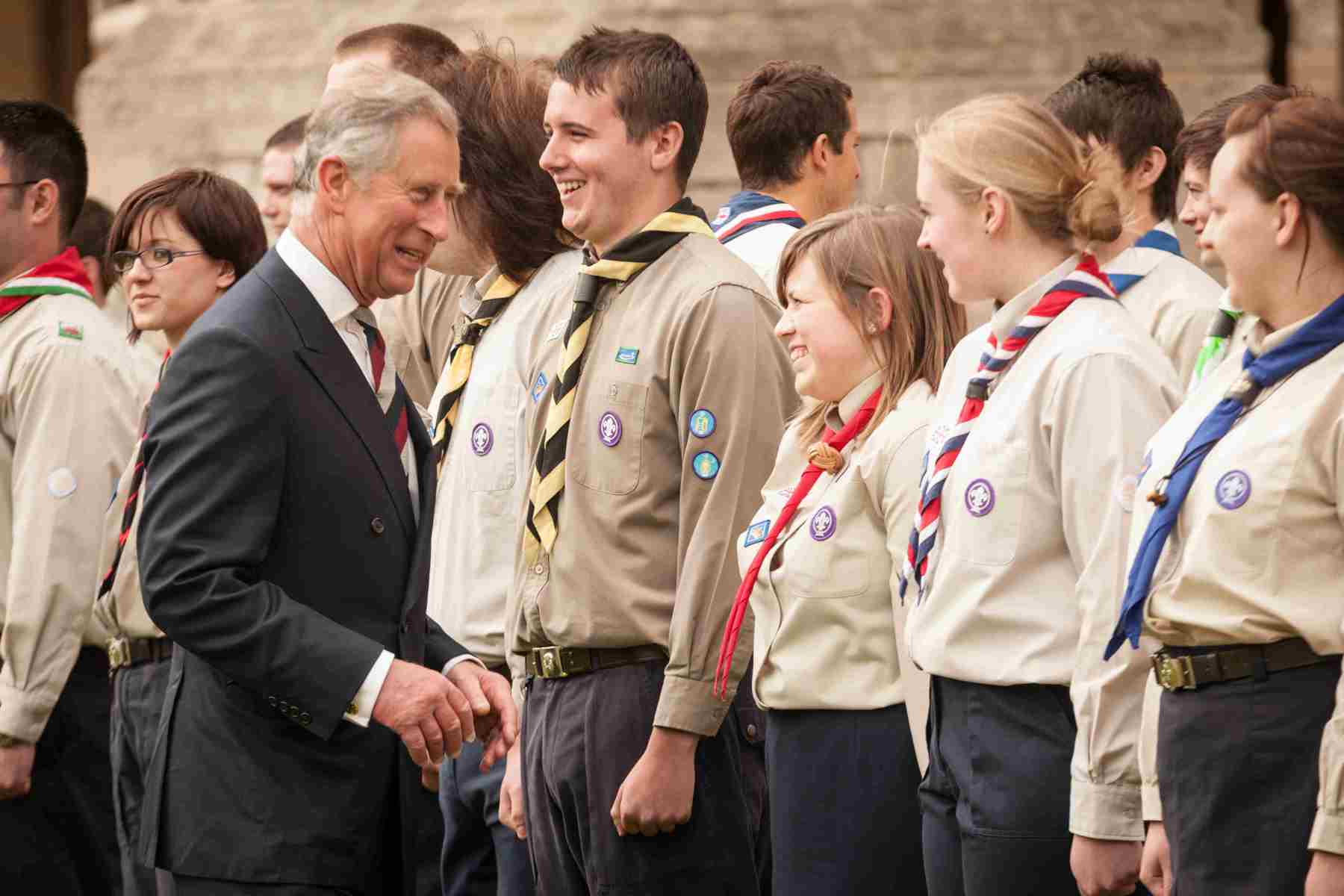Creating our new King’s Scout Award
With the sad passing of our Patron, her Late Majesty Queen Elizabeth II, one era ended and another began. Now, with Coronation of HM King Charles III coming up in May, we’re incredibly proud to unveil the new King’s Scout Award. This is the story of how it happened.

Many of you will remember the incredible service of the 180 Scouts who looked after those in the queue at the Lying in State of HM The Queen.
It was a proud moment for these young volunteers as the nation mourned in September 2022, showing their care and kindness, while reflecting The Queen’s own life of service.
Many of these volunteers were Queen’s Scouts. They’d already proved themselves, gaining the highest award in our programme. But when they completed the award, none of them knew they would be among the last to receive it.
Shaped by young people
Thoughts now turned to the future of the award. And, of course, as it’s an award for young people, it was vital that the new King’s Scout Award should be shaped by young people too.
Santiago is an Explorer Scout and member of the UK Contingent heading to Korea for the 25th World Scout Jamboree. He was among the very first to see an early design.
‘In general, I think that the colour scheme is very fitting to represent the new monarch,’ he said. ‘The design looks very good.’
Izzy is another UK Contingent member, and like Santiago also spoke about her hopes for the future at the Scouts national AGM at Gilwell in 2022.
‘I like the design too,’ she said, ‘it’s eye catching and perfect for the special badge that it is.’
The Queen’s Scout Working Party, who play a key role at the annual Day of Celebration and Achievement at Windsor, also supported the development of the badge, giving advice on colour and size.

Acknowledging our heritage
Leona Smith, our Senior Designer, faced the daunting challenge of designing the new badge. But where did she find inspiration?
‘Before looking forward,’ she says, ‘it was important to look back. We found the original King’s Scout Badge in our Heritage Collection. We were struck by the forest green and yellowish gold, which is such a strong combination. It felt important to acknowledge the original and reintroduce the colour scheme.’
The badge went through several iterations, and was seen by many young people and volunteers including members of the UK Leadership Team, who gave expert guidance along the way.
‘The hardest bit to get right was replicating the King’s crown,’ Leona continues.
‘It’s quite a complicated emblem and we needed to make sure it would stitch as well as it looks on screen. The badge is all about achievement, so we had to do justice to that. It’s going to be around for a long time.’
Making it a reality
Once the design was approved, it was over to our Scout Store team to create the badge itself. Heather Hardy is the Buyer responsible for liaising with the supplier.
‘It was important to get this absolutely right,’ she said, ’because of the esteem it’s held in. It’s so prestigious. We’re now happy with the finish after quite a few tweaks and many samples to achieve the standard we needed.
‘Those who’ve earned it have put in the time and effort. That needs to be reflected in the quality of the badge itself. Replicating the intricate design into quite a small space was the biggest challenge, as well as making sure the pin badge and cloth complemented each other.’
Emma Aggrey, one of the young Scout volunteers who presented at our conference in Manchester, Basecamp 22 (and winner of the Prime Minister’s Points of Light Award) also saw an early version.
‘I do like the badge,’ she said, ‘however I liked the border on the Queen’s Scout Badge so my suggestion would be add a border on the new badge too.’ We agreed, and the final badge reflects this.
Zaynab Ali, one of the Chief Scout’s Unsung Heroes and another of our presenters at Basecamp 22, was also a big fan of the new badge. ‘This design is definitely the way forward,’ she said, giving us the confidence to get closer to the detail of the crest.
‘I recently produced a very technical custom badge and was worried about the intricacies, but it turned out amazingly well.’

The history of the badge
In 1909, King Edward VII agreed to award the ‘King’s Scout Badge’ as the highest achievement for Scouts, on the recommendation of Robert Baden-Powell, the movement’s founder and first Chief Scout.
In 1934, Scouts held an event at Windsor to celebrate the achievements of that year’s badge holders. The event became an annual tradition, and we still recognise badge holders’ achievements there today.
In 1946, Senior Scouts was created for 15–17-year-olds, and the King’s Scout Badge became part of their programme. On the death of HM King George VI, his daughter, Queen Elizabeth II, acceded to the throne in 1952. The award became the Queen’s Scout Award for the length of her 70-year reign.
After her death, it was agreed, the award would be known as the King’s Scout Award. HM King Charles III has always strongly supported young people, through his work with Scouts, The Prince’s Trust, and other charities.
The final word
Perhaps the final word should go to our Chief Scout, Bear Grylls, one of the first to see the finished badge.
‘This is the pinnacle of young people’s achievements in Scouts. It shows that they have the courage, the kindness and commitment to tackle anything in life, helping others and serving their communities.’
Thank you to everyone who’s made the badge possible, and huge congratulations to the first proud recipients of the award.